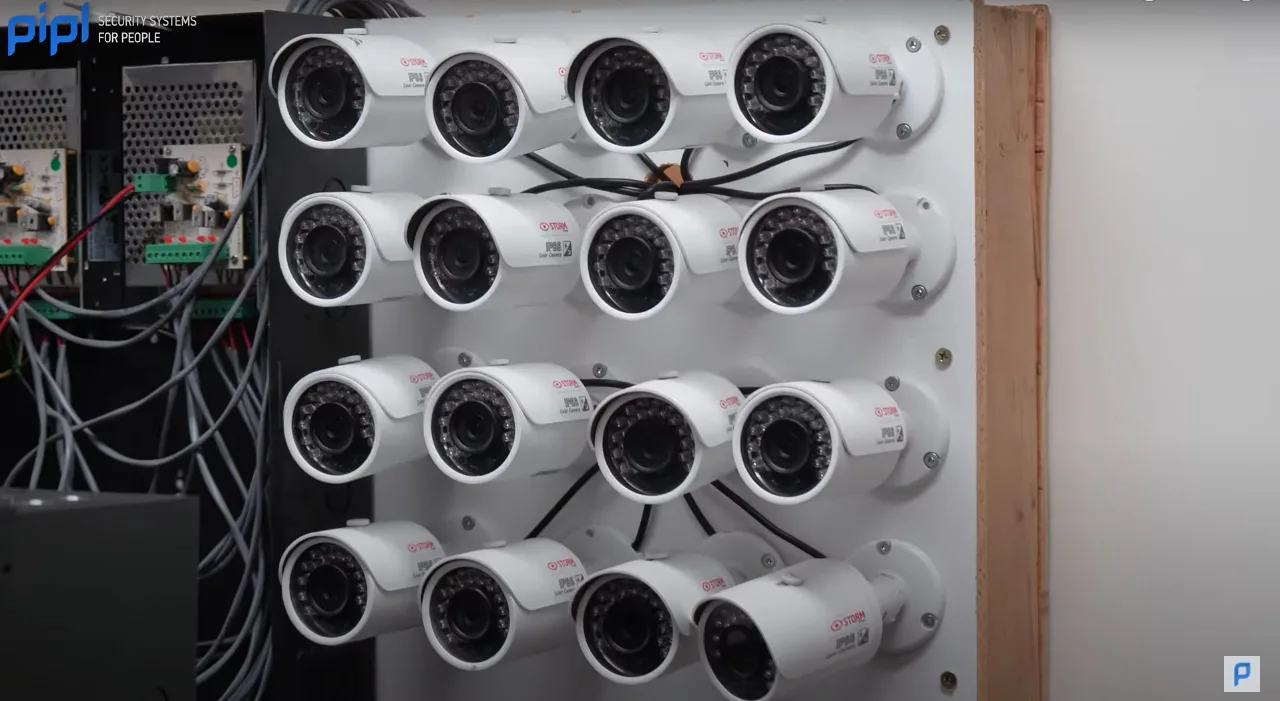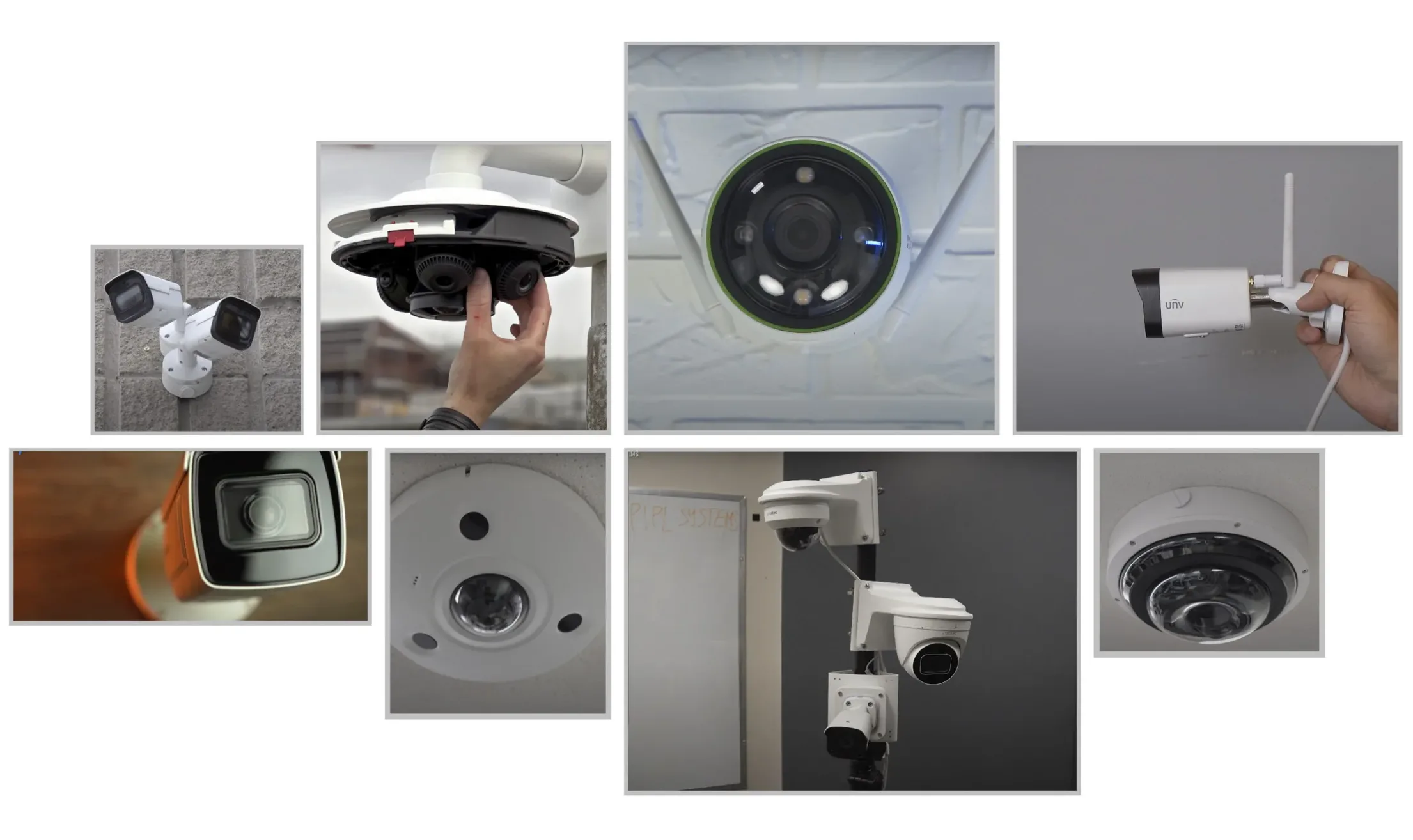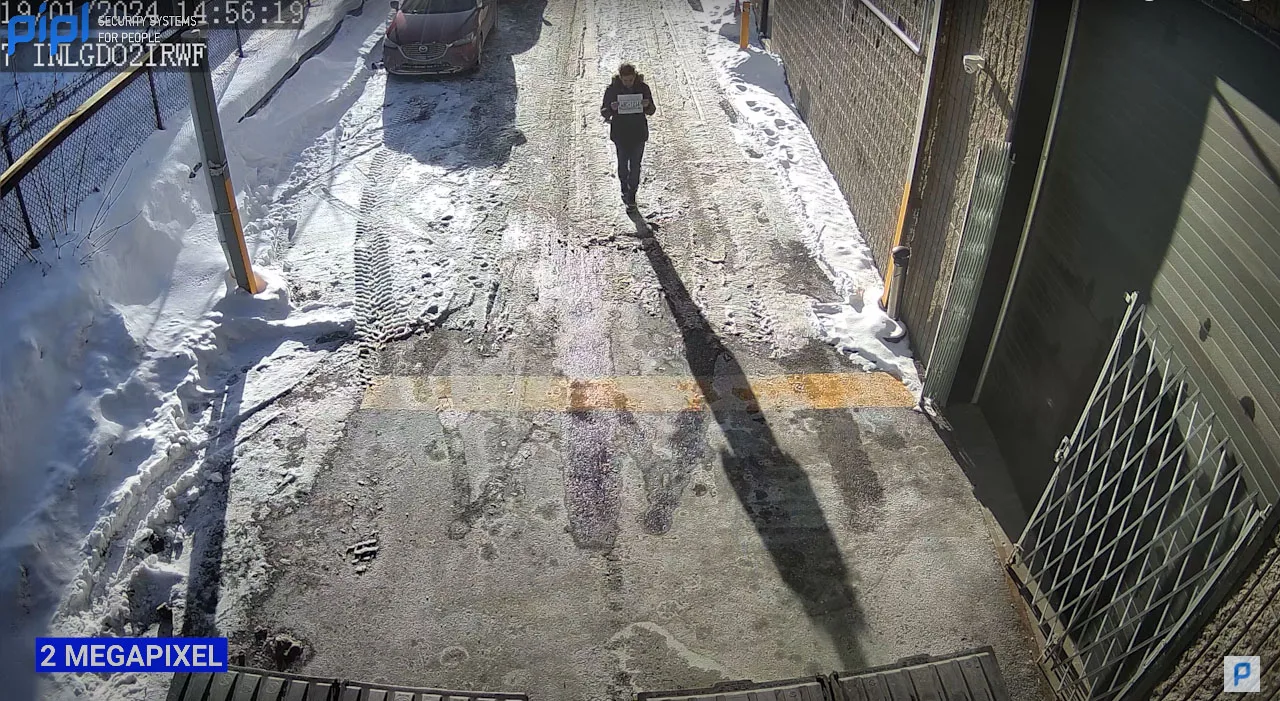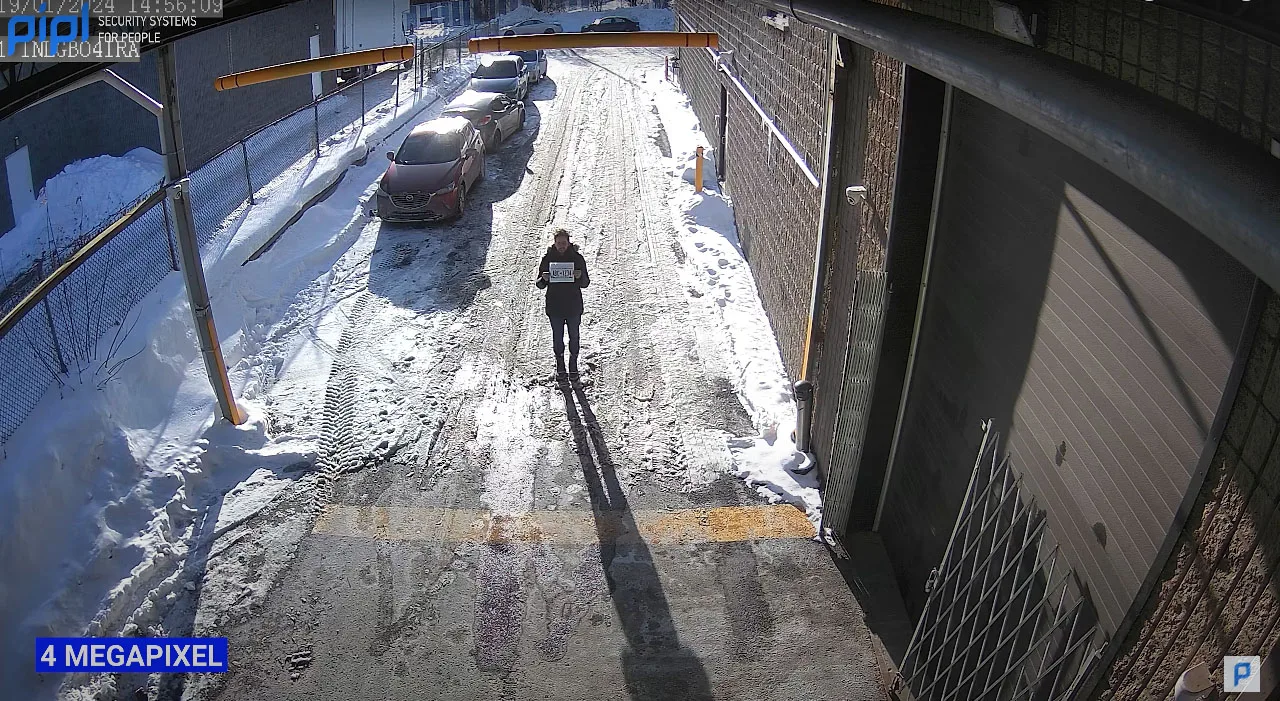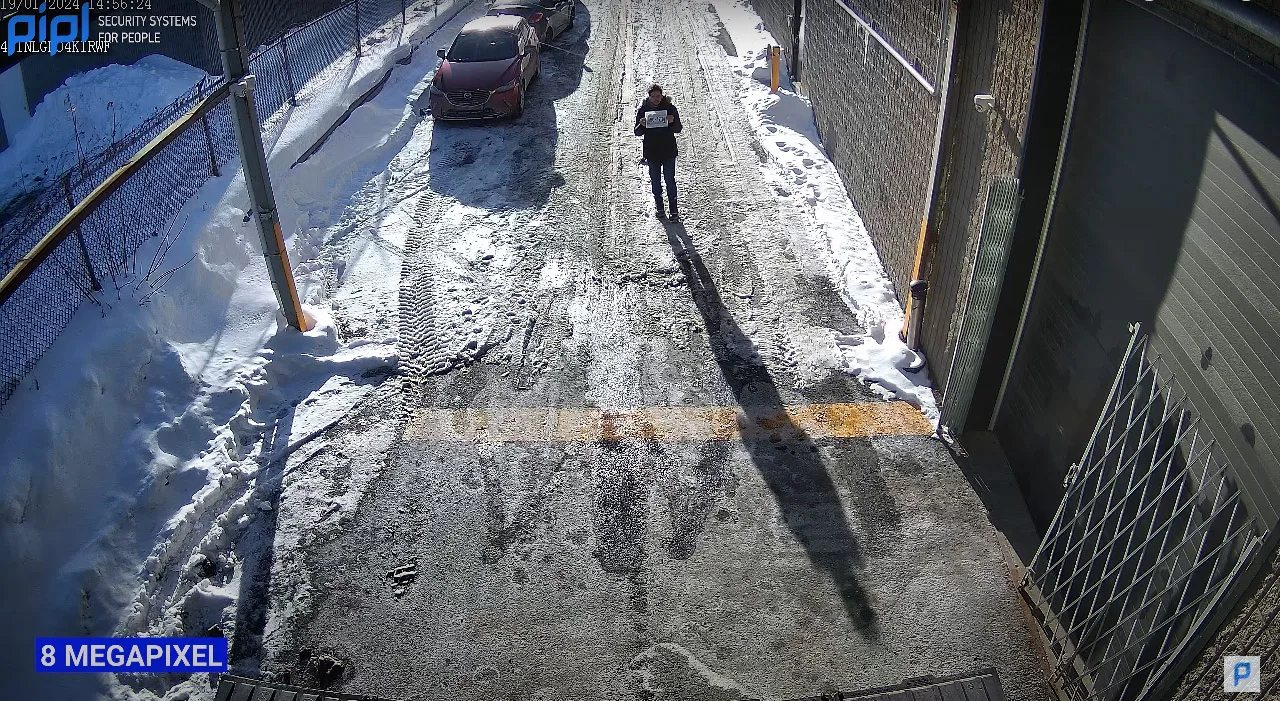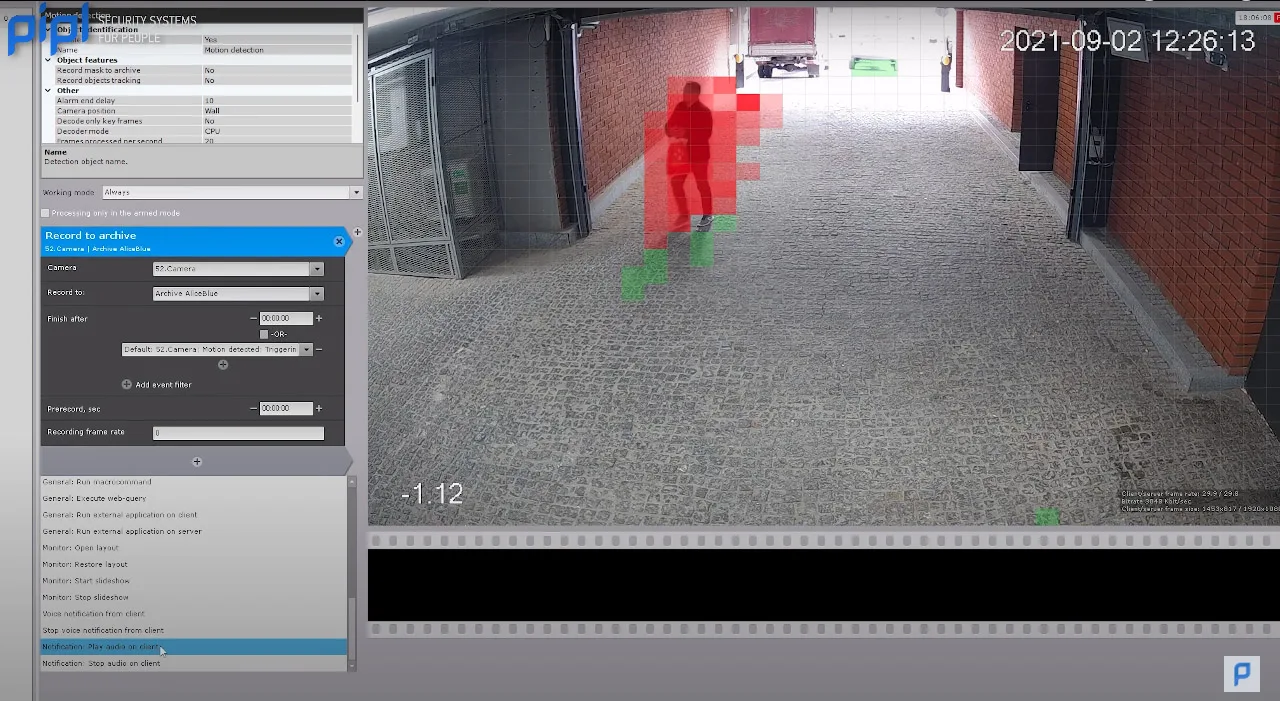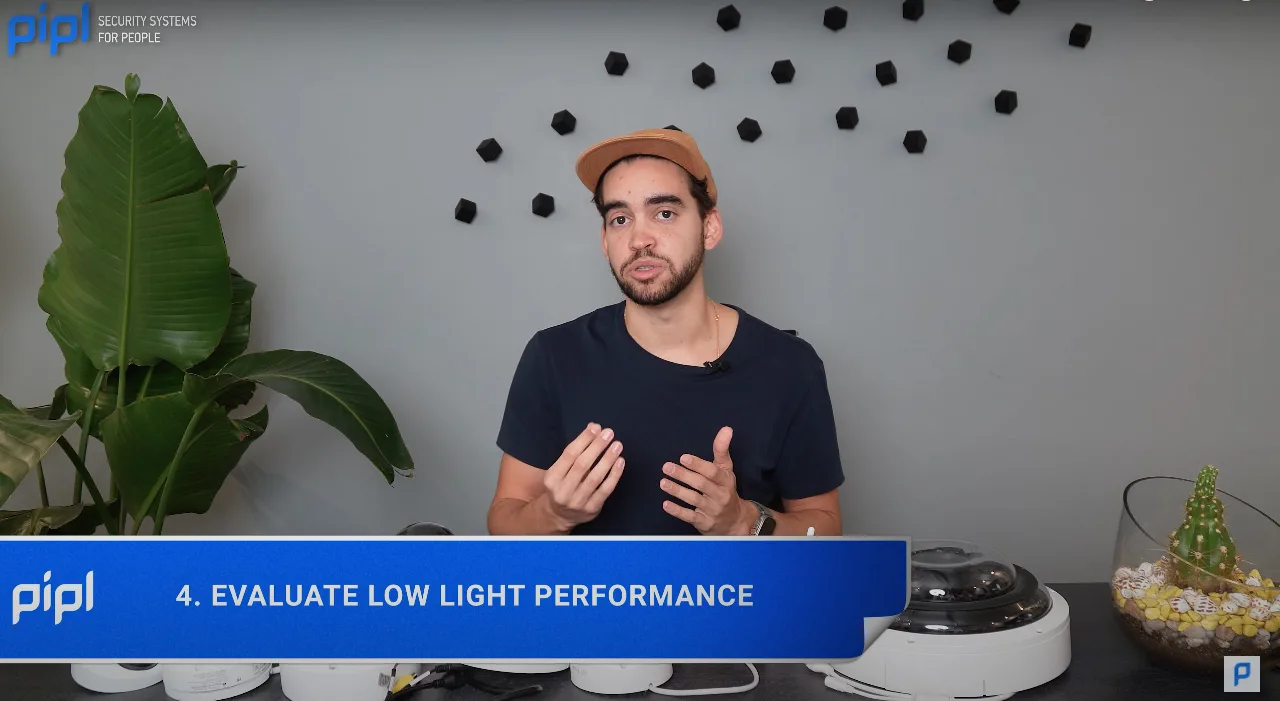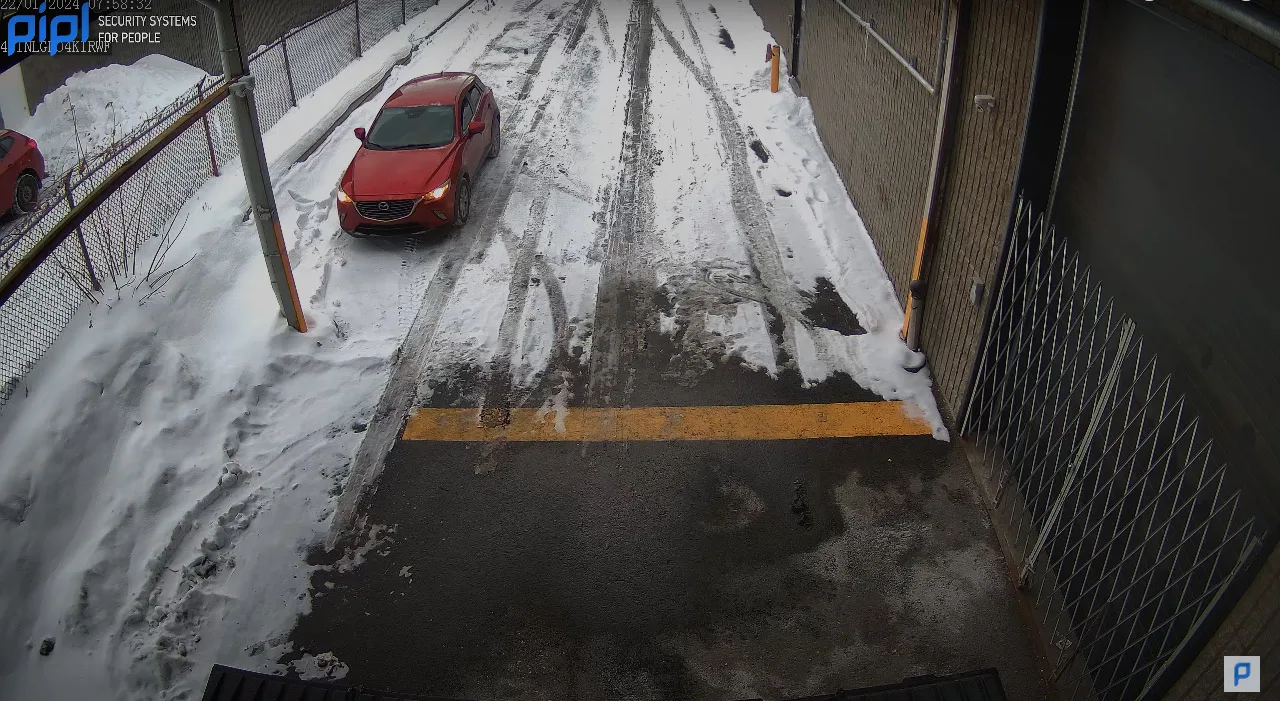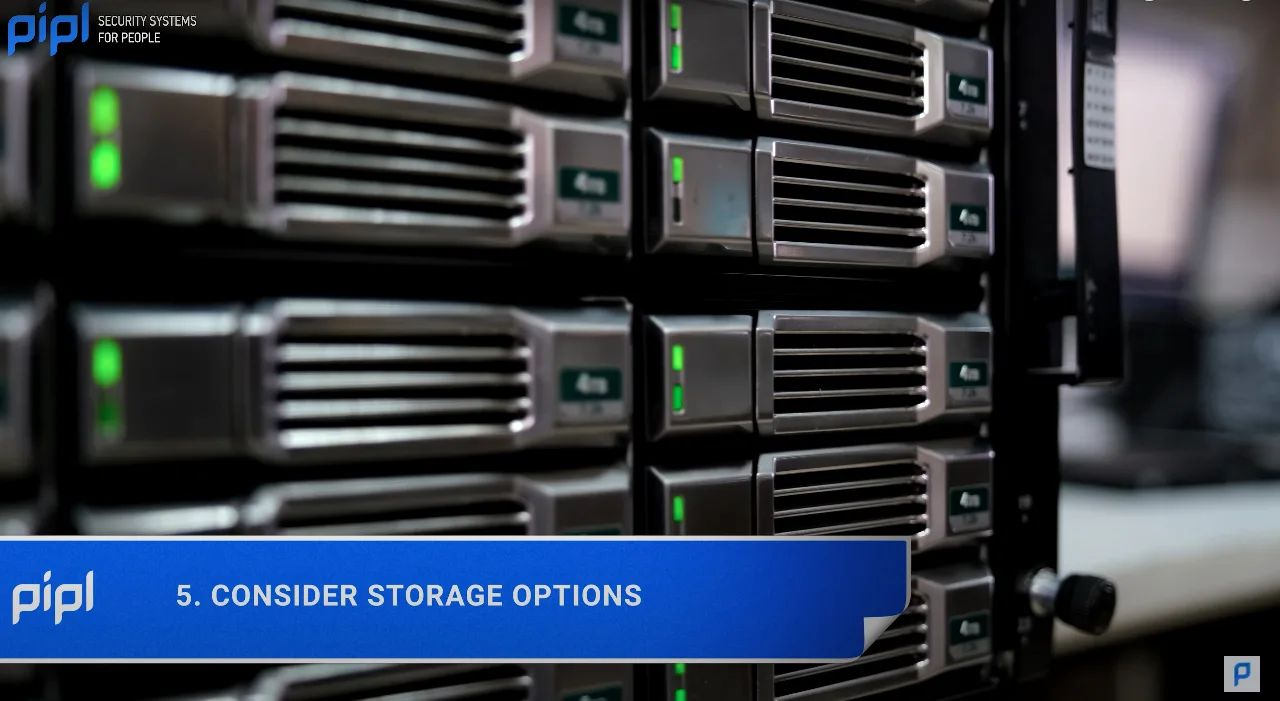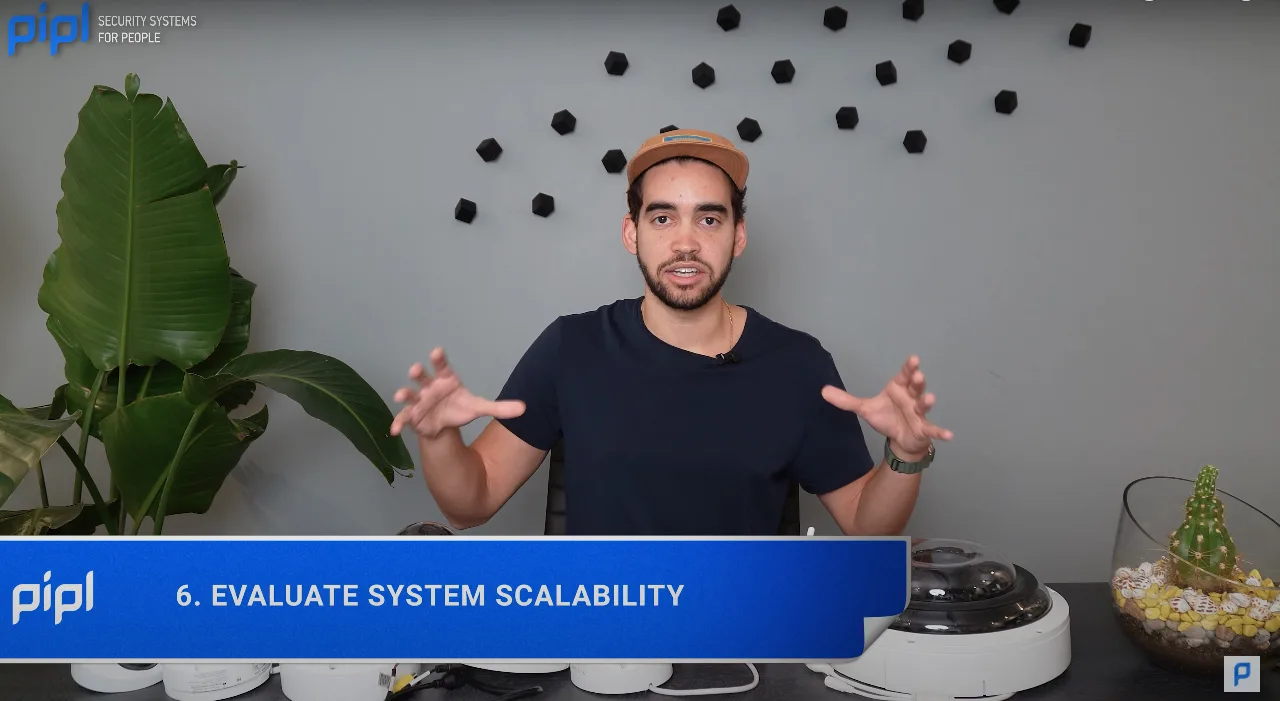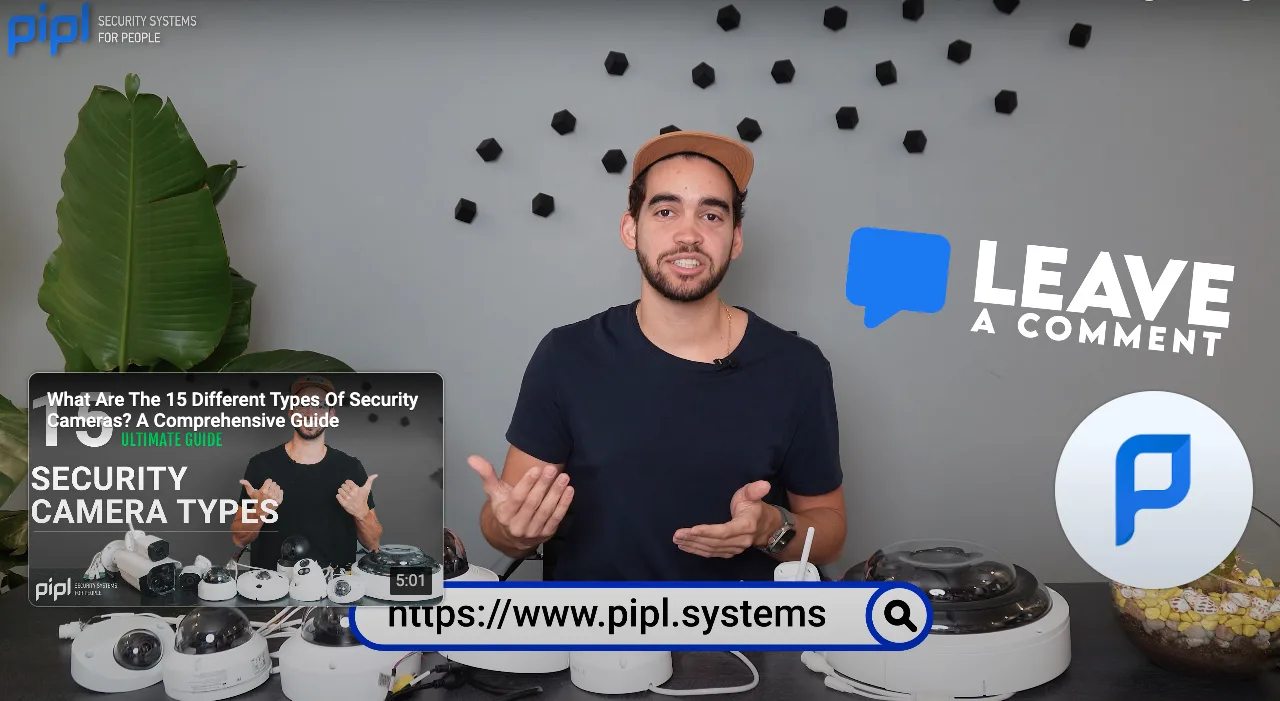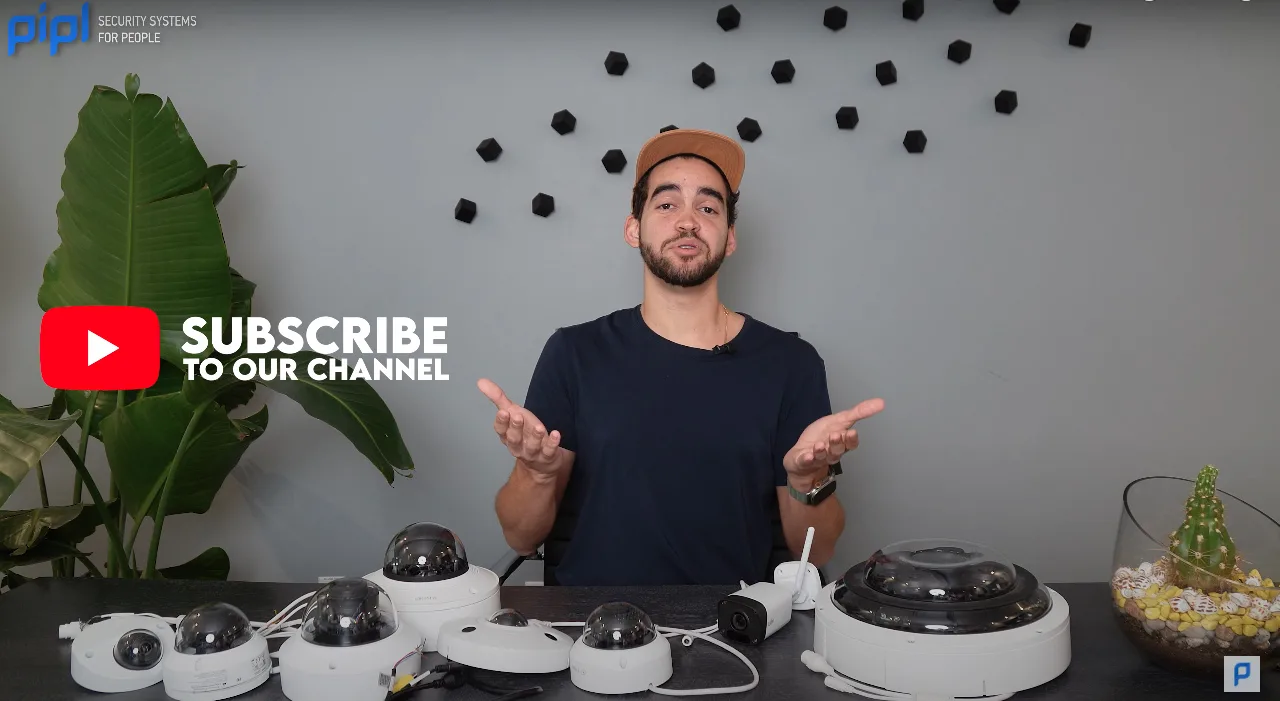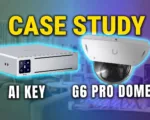Welcome to the Pipl Systems Media Portal, your premier destination for expert insights in the security industry. As seasoned professionals affiliated with Pipl Systems, they are here to guide you through the intricate process of choosing the ideal security camera system.
Whether you’re a novice installer or a seasoned professional, this comprehensive guide is designed to enhance your understanding and decision-making in the dynamic field of video surveillance.
1. Define the Purpose and Requirements
Before diving into technical details, take a moment to understand the specific needs of your surveillance project. Residential areas, commercial buildings, and outdoor spaces have unique requirements. Assess the primary purpose, whether it’s monitoring, deterrence, or documentation. Knowing these fundamentals will set the stage for informed decisions in the subsequent steps.
2. Selecting the Right Type of Camera
Novice installers often grapple with the sheer variety of security cameras available. For indoor installations, consider dome cameras for discreet monitoring or PTZ (Pan-Tilt-Zoom) cameras for versatile coverage.
Outdoors, bullet cameras are popular for their weather resistance. Wireless options are convenient for residential settings where wiring might be challenging.
3. Resolution and Image Quality
Understanding camera resolution is crucial. For beginners, this refers to the clarity and sharpness of the image. A higher megapixel count provides more detailed images.
A 2-megapixel camera might suffice for general surveillance, but for applications like facial recognition, consider 4K or higher. Exploring the manufacturer’s guidelines can demystify the correlation between resolution and image quality.
4. Low Light Performance
Novice installers often overlook the importance of low-light performance. If your surveillance area experiences low light conditions, consider cameras equipped with infrared (IR) capabilities or Night Color technology.
Night Color cameras capture colored details even in low-light environments, offering valuable information for identification.
5. Storage Considerations
Storage is a critical but often underestimated aspect of video surveillance. Novice installers might not be familiar with the nuances of calculating storage needs. Consider the type of camera, its resolution, and the desired retention period for footage. This information will help determine the appropriate storage capacity for your Network Video Recorder (NVR) or Cloud solution.
6. Scalability
Thinking long-term is a hallmark of a proficient installer. Opt for cameras and systems that are scalable. This ensures that as your surveillance needs grow, your infrastructure can adapt without major overhauls. Look for trusted brands known for compatibility across different systems, simplifying future expansions.
Conclusion
Embarking on a video surveillance project can be challenging, especially for beginners. However, armed with the right knowledge, you can make informed decisions that lead to a robust and effective security system. Remember, your choices today will impact the performance and scalability of your system in the future.
Subscribe to Pipl Systems
To further support your journey in video surveillance, subscribe to the Pipl Systems email newsletter. Stay informed about the latest technologies, trends, and expert tips in the security industry. Elevate your skills and knowledge by staying connected with Pipl Systems. Please write your comments and subscribe to our portal for regular updates.
Thank you for choosing Pipl Systems as your partner in navigating the intricate landscape of video surveillance. We look forward to being a constant source of valuable insights for your security installations. See you soon on our blog!

